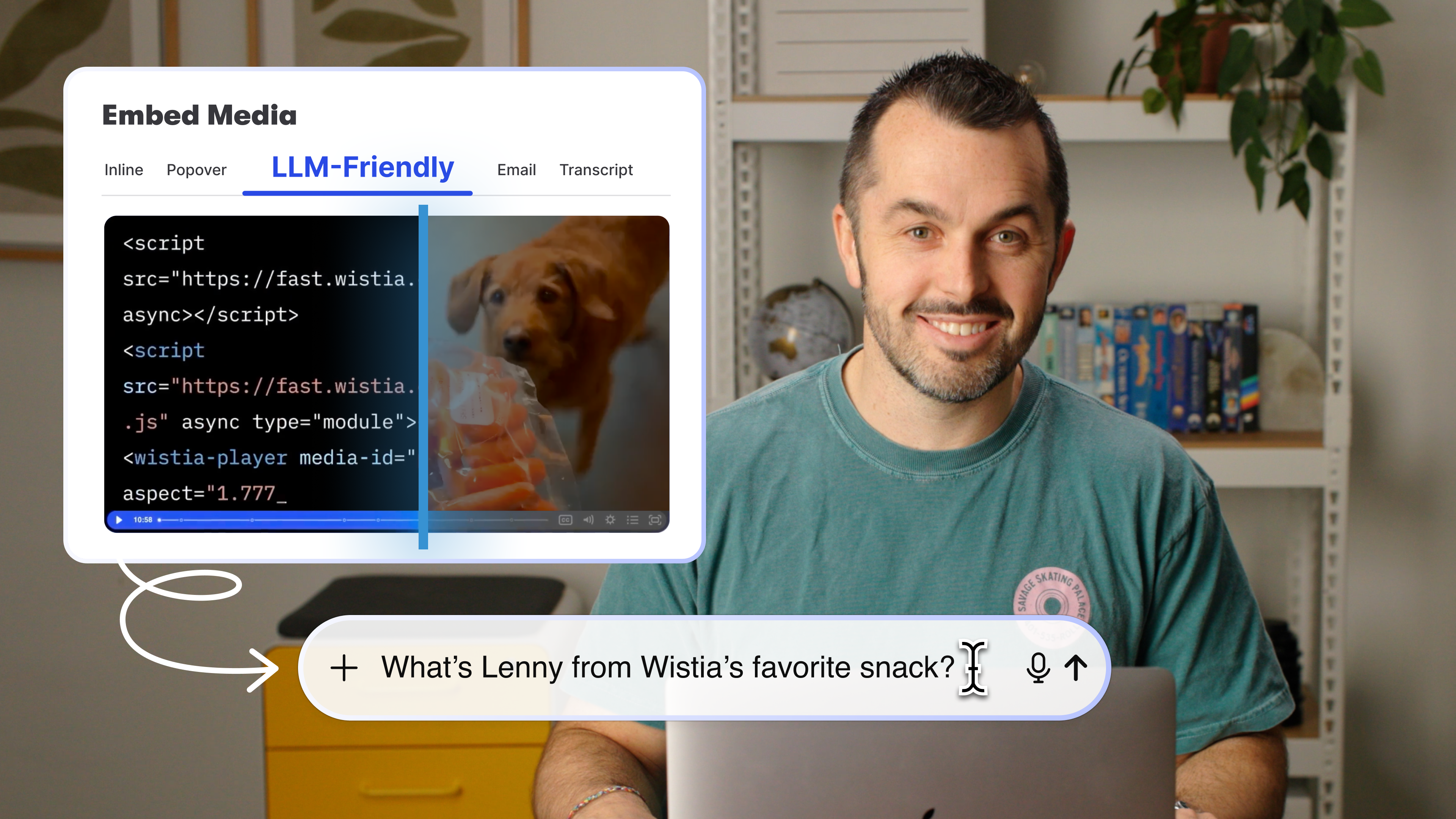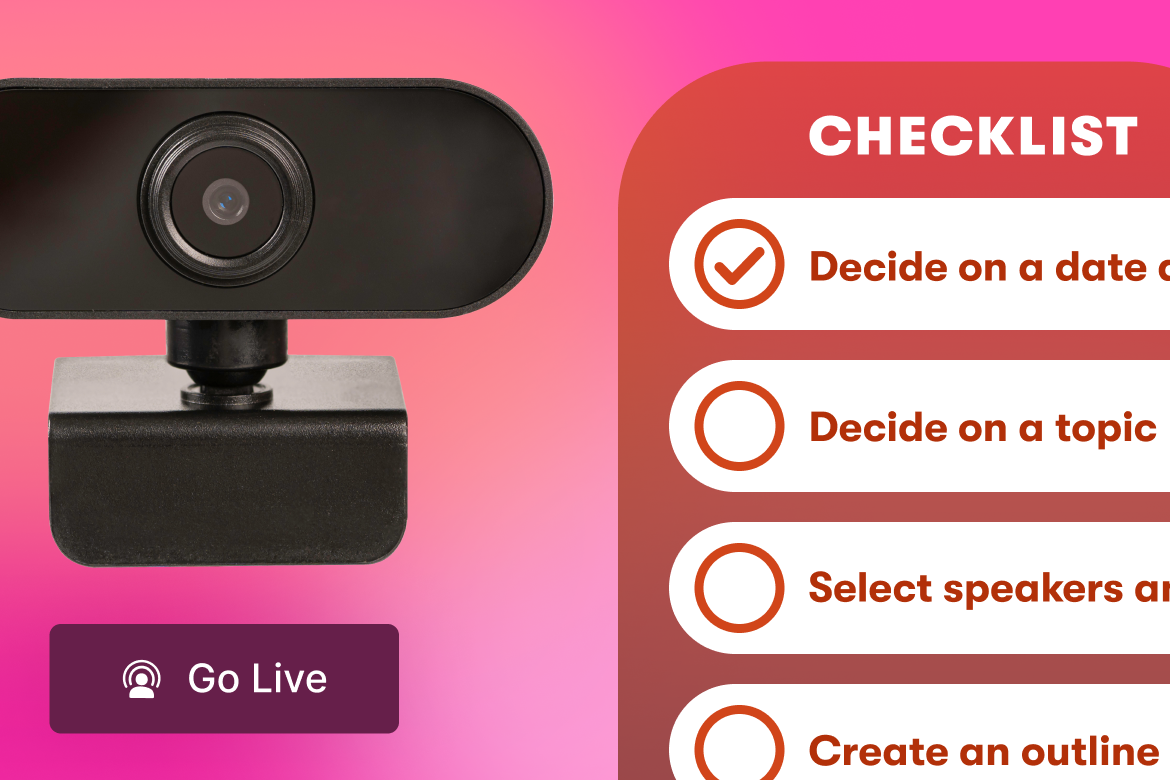5 Ways to Fix Your Shot in Post-Production
November 17, 2016
Topic tags
We’ve all been there. You get back to your computer to review your footage and begin compiling an edit, but then you notice something’s wrong.
It’s shakier than you thought. It’s completely washed out. The framing looks weird. There’s a stranger in the background staring at the camera. In some cases, you don’t have the option of reshooting, and you need to move forward with what you have.
Read on to learn about some common production mistakes and how to fix them in post!
1. Stabilizing shaky footage
Even though a lot of cameras and rigs have built-in stabilization, shaky footage still rears its ugly head from time to time, especially when shooting handheld. Knowing how to get the most out of your stabilization tool in your editor can save shots you didn’t think we’re salvageable – like this perfectly normal scene:
Adobe Premiere and After Effects have an effective Warp Stabilization tool, but just adding it to your clip and moving on won’t always cut it. The following are some key settings to look out for and potentially adjust for your clip:
Method: Its default setting is Subspace Warp, but depending on the nature of your shaky clip, try flipping over to either Perspective or Position, Scale & Rotation. All 3 of these settings will stabilize your clip differently, so experiment with each until it looks smooth!
Smoothness: By default, it’s set at 50%, but by backing the smoothness down, it can sometimes decrease the inconsistencies you may have in the video. Again, it’s all about experimenting with these settings.
Detail Analysis: This is a great setting to turn on when you’re having a little trouble getting smooth. Detail Analysis basically just does a second pass at your clip and helps to alleviate any weird spots.
2. Healing bad audio
Bad audio is the most common issue we deal with. Sometimes audio peaks, sometimes the signal is too weak, and sometimes you have a lot of room noise. Any of these issues can ruin a video.
If you use Adobe Creative Cloud, there are some great underappreciated programs, like Adobe Audition, which is perfect for leveling up your audio skills, but also has some useful plugins for healing audio clips.
But there are some audio problems that no tool can fix. And in moments like those, you need to either re-shoot, do an audio dub, or get creative. When we started to review footage from our Enterprise Plan launch parade, we quickly discovered that our audio ended up peaking, and we were left with a pretty rough audio track.
So we decided to embrace the peaking, and edit the track to feel more “old-timey.” After adding a simple low pass filter, and then a megaphone effect, we were able to reduce the peaking and distortion and walk away with a useable audio track. Whew!
3. Fixing the framing
This is possibly one of the easiest fixes in post, but there are some lesser-known tools that are worth exploring to achieve your ideal framing. Whether your shot is a little crooked, skewed a touch, or not as centered as you’d like it to be, your main go-to settings are:
- Position
- Scale
- Rotation
- Perspective tool
Premiere has a Basic 3d tool, that you can use to adjust horizontal and vertical tilt, just like you can in Instagram with their Adjust tool.
To fix your shot, you will have to sacrifice a bit of video resolution, as all of the fixes require you to scale your image. But as long as you don’t have to scale it drastically, you shouldn’t notice too much of a difference.
4. Adjusting the exposure
Sometimes you’ll end up with footage that is underexposed or overexposed, and with a DSLR, the dynamic range isn’t that flexible. So here are a few settings you can try next time you’re in an exposure pickle!
Underexposed
This is by far the better situation to be in of the two, as it’s always easier to brighten up an image than take away brightness. The main settings for this are:
- Exposure
- Contrast
- Highlights
- Shadows
- Blacks
- Whites
For an underexposed shot, we usually slightly adjust all of these settings, not just the exposure, until it starts to look a bit more normal. It’s also super helpful to have an inspiration clip to work off of, or maybe another clip in your sequence that you’re modeling the image after.
Overexposed
There’s a little less you can do in this situation, but don’t fret! You can fix a lot with those same six settings. Reducing the Highlights and the Whites, instead of Exposure, will be more forgiving. Then by tweaking the Contrast, Shadows, and Blacks, you can balance out the image. Just be careful not to swing these settings too hard in either direction, or you’ll start to notice noise and blockiness in your image.
5. Removing something from the shot
Every once in a while, something or someone creeps into your shoot unintentionally. When you don’t have the option of reshooting, you have to roll with punches and move forward.
In this example, we gathered the whole Wistia team together for a giant group shot. But then when we reviewed the footage, we noticed that Camille (in the front row) was wearing a very loud t-shirt. Since this was a team shot that required everyone’s time, there was no chance of reshooting it.
We turned to After Effects to see if we could remove the logo on her shirt. We started by taking a still frame of each scene we needed rotoscoped, and then bringing those stills into Photoshop. With these stills in Photoshop, we created a new layer, and then started to cover up the graphic using the clone stamp and some custom shapes.
Once it was starting to look good in Photoshop, we brought these layers into After Effects. Then we animated each file from Photoshop for each scene, by using a mask on the layer, keyframing the mask shape, and then slightly adjusting the position, scale, and rotation across all frames.
From there, we exported that out to Premiere and adjusted the shadows and highlights to better hide the blending of the rotoscope. Now, this process wasn’t quick. In fact, it took the better part of a day! But in the end, it saved us from the scheduling nightmare of trying to re-shoot the entire team.
What are your favorite post-production tricks? Let us know in the comments!






